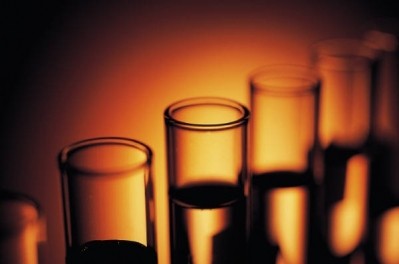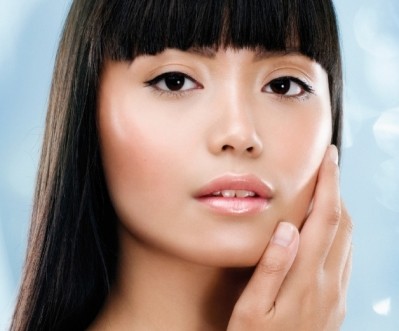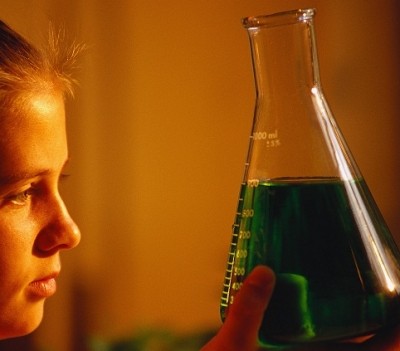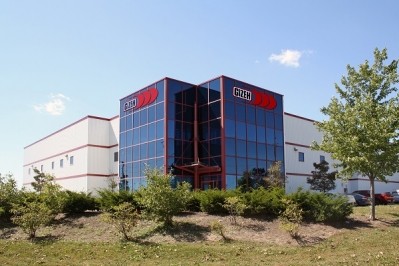CCFTA defends companies against ‘toxic’ accusations

A recent report by eco-group Environmental Defense ranks the top five cosmetics producers in the country based on their commitment to removing “toxins” from their products, with Procter & Gamble scoring the highest and world’s biggest beauty company L’Oreal coming in last.
The CCFTA contends that the report uses “misleading” information and rehashes a discredited campaign which Environmental Defense has run against the so-called ‘Toxic Ten’ ingredients since 2010.
They have also pointed out that the chemicals which the environmental group highlights in their report have all been tested and found to be safe by Health Canada.
In a statement, the organization commented: “The “report” entitled ‘Taking Stock: How the Cosmetics Industry Ranks on Toxic Chemicals’ is simply a re-hash of the same misleading information Environmental Defence has promoted over the past few years and is based on what they previously have referred to as the “Toxic 10” ingredients found in cosmetics and personal care products.”
Taking Stock report
Environmental Defense’s ‘Taking Stock’ report, released at the beginning of December 2013, compared the top five cosmetics companies in terms of sales in Canada. It ranked Procter & Gamble first, followed by J&J, Unilever, Estee Lauder and finally L’Oreal.
P&G scored highly thanks to its position on eliminating artificial preservatives such as triclosan as well as its high levels of disclosure. L’Oreal, on the other hand, came in last thanks to its unclear policies on green cosmetics and chemistry and the lack of information available on its plans to phase out these chemicals.
Environmental Defense’s position is based on the report ‘Endocrine Disrupting Chemicals 2012’, released by WHO and UNEP in February, which suggests that some chemicals used in cosmetics such as phthalates and parabens may cause health problems after long-term exposure.
‘Toxic ten’
The ‘Toxic Ten’ products highlighted by Environmental Defense are artificial musks, BHA, coal tar derived colors, formaldehyde releasing agents, parabens, petrolatum, phthalates, silicone chemicals, sodium lauren and laureth sulphate and triclosan.
In 2010, Health Canada produced a report on these ingredients based on the fact that they were of “concern to a number of none-governmental organizations.”
The report notes that several of these substances are no longer used by cosmetics companies in Canada, and states that Canadian authorities do not consider most of the others harmful in the concentrations at which they are used in personal care products.
As of 2010, Triclosan was under review by the Canadian government. The US FDA has recently announced the release of a new directive which will control the use of the substance in cosmetics products.









